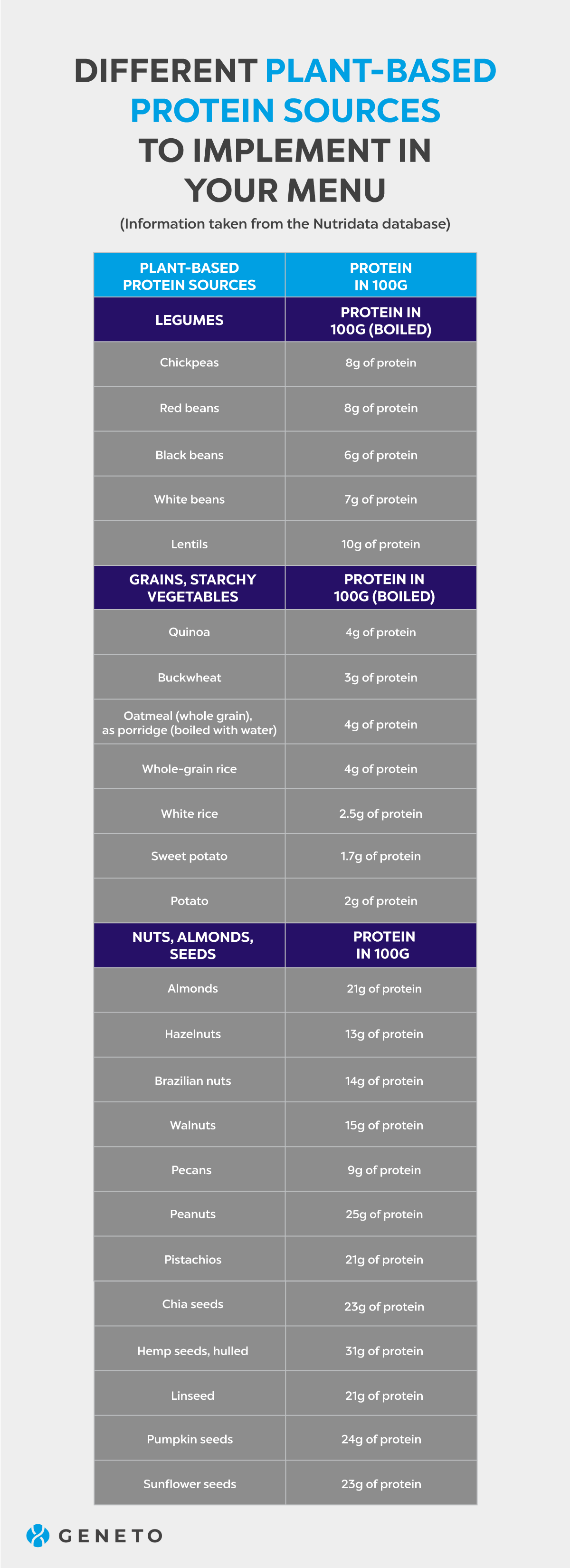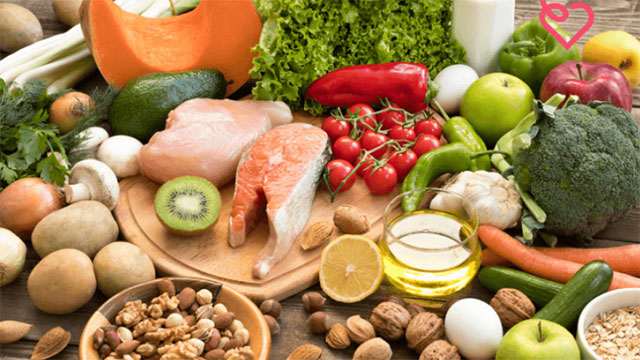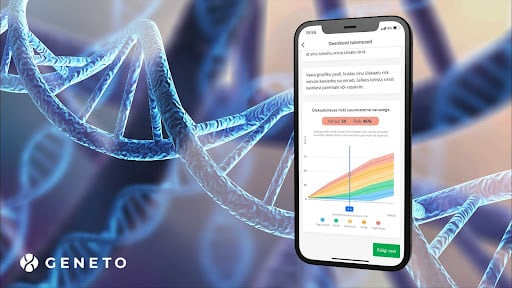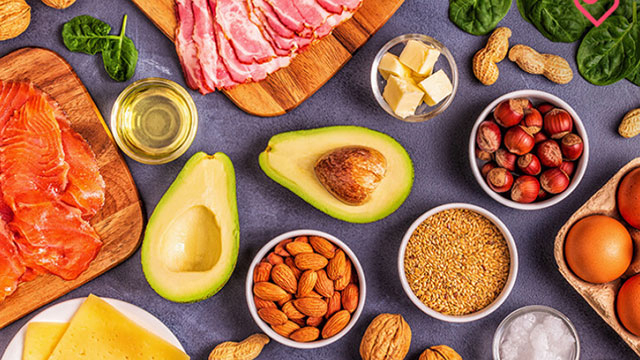The ABC of weight loss: protein intake
This is the fourth and final part of our weight loss series. If you have carefully read through all of these posts, you have acquired all the basic knowledge about healthy eating to support weight loss. The first post talked about getting started with losing weight and stated the four main steps for a sustainable weight loss. The second post went into more detail and introduced the idea of balancing carbohydrates in your diet. The third post explored all kinds of dietary fats and this fourth post by our nutritionist and nutritional therapist Mari-Liis Väli will focus on protein. What kind of protein sources should you choose? Do plant-based foods contain enough protein and how much protein should you consume daily?
Dietary protein consists of amino acids and some of them are considered to be essential amino acids, which means that it’s necessary to get them from food. High-quality protein contains all of these essentials amino acids and can be found in eggs, dairy and meat. Plant-based protein sources are also a respectable source of protein, however it’s important to combine different types of dietary protein on a plant-based diet in order to obtain all the essential amino acids, because plant-based protein sources do not contain all of them at once. A good example is combining legumes with grains. With a normal, regular and versatile diet, getting enough protein is usually not a problem.
How to consume protein?
Daily protein requirement depends on individual factors, mostly one’s level of physical activity. According to the national guidelines of dietary and physical activity guidelines of Estonia, the recommended protein intake is 0.8-1.2g per kg body weight daily and should make up 10-20% of daily total energy intake. For example, protein intake for someone who weighs 70kg (in case of 1.2 g per kg) would be 84g and cover 15% of their daily energy intake. The fastest way to check your protein requirement is to check the result view in the Geneto app the app will show you your daily protein requirement and calculate the amount that you’ve already covered based on the foods that you have logged into the app.
For someone with a lower calorie requirement (below 1900 kcal), protein intake should be near the upper limit, about 20%. It’s important, because when lowering your calorie intake, the minimum protein intake (10%) might not provide you enough net protein for your body mass. Protein requirement for professional and amateur athletes is bigger, about 1.2-2.0 g per kg daily. When it comes to consuming protein, the important part is to distribute your intake throughout the whole day, not eat a lot of protein at one meal. The healthiest way is to combine animal and plant protein sources. People who eat animal products should definitely cover a part of their daily protein requirement with plant-based protein (check plant protein sources from table 1). When focusing mostly on animal protein sources, other nutritious foods, such as high-fibre veggies and fruit; nuts and seeds rich in good and essential fatty acids, may remain unnoticed.
When eating animal protein sources, it’s important to pay attention to their saturated fatty acid content, which is high in dairy and meat products. Animal products should appear on your menu not more than a couple of times daily and their amounts should remain modest. But how much is enough? Estonian Nutritional Therapy Association has stated the following recommendations in their dietary guidelines to prevent illness for eggs, white and red meat and dairy products:
- Red meat intake up to 150g weekly, preferring sirloin or tenderloin cuts
- White meat intake up to 100g daily (this already accounts for ~22g of protein)
- Egg intake up to 2-4 eggs weekly
- Dairy intake up to a couple times per day, preferring fermented dairy products and low-fat, but not fat-free products
Don’t forget about fish, especially fatty fish, which is also a good protein source and additionally contains good omega-3 fatty acids. Fish should be on your menu 2-3 times per week.
How to increase the intake of plant protein sources?
- Include legumes in your diet! Legumes are one of the best plant protein sources. They can be used for making various spreads, which can be used as a dip for veggies or for spreading on sandwiches. Legumes are also great in soups (lentils, for example), bakes and stews as a substitute for meat (kidney and black beans suit particularly well). Season boldly with herbs, onion and garlic. Find various legume-based recipes in the Geneto app.
- Add seeds and nuts to your menu they, too, make a great plant-based protein source. They also contain good polyunsaturated fatty acids. Chia seeds, hemp seeds and flaxseeds, which contain good omega-3 fatty acids, are especially worth mentioning. Nuts and seeds should be consumed daily their intake should be at least 20g, but not more than 75g daily, preferring natural unroasted nuts.
- Try tofu and tempeh as a substitute for meat in some of your meals. You can find the following tofu recipes in the Geneto app: Baked pasta with tofu and broccoli, Curried tofu with quinoa, Tikka Masala with rice and tofu.
We remind you again that it’s important to combine various plant protein sources on a completely plant-based diet! A good example is combining legumes with grains; grains can also be combined with nut butters. The table below gives you a good overview of the protein content in different foods.

Table 1. Different protein sources to add to your menu
Log your meals into the Geneto app. This is a simple way to keep an overview on your protein intake. It’s easy to check the app for your daily protein requirement, which should stay at about 10-20%. If you wish to change your protein requirement because of exercising more and want to increase the proportion of protein in your diet, for example, or vice versa, if you want to decrease the proportion of protein, you can modify your dietary preferences easily from the Account menu in the app.
Keep in mind that the proportion of dietary nutrients is way more important than keeping count of protein and calories! Therefore, check out meatless recipes in the app, add seeds to your breakfast or salands and try tofu or tempeh. And don’t forget balancing check if your plate contains carbs and fats as well.

Mari-Liis Väli
Nutritional therapist of the Geneto app




